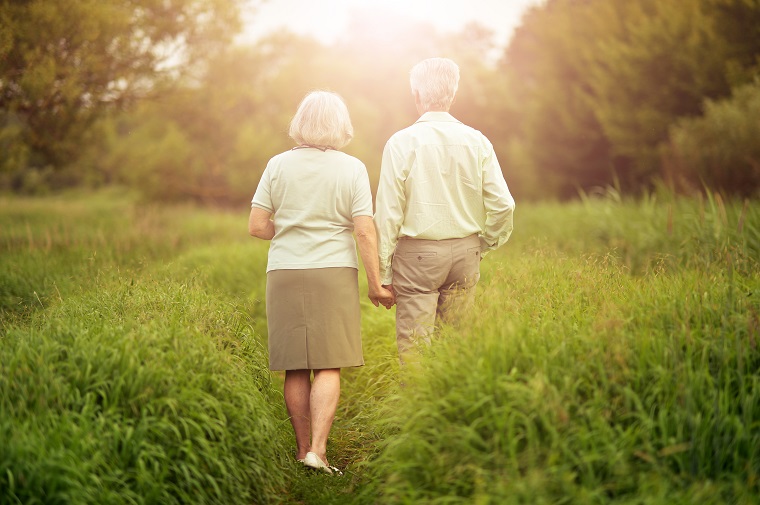A Step Forward in Understanding Injurious Fall Risk in Older Adults
By Danyelle Liddle
13 June 2019

As the average age of the Canadian population increases, so do the number of injurious falls that can lead to chronic pain, disability, reduced independence, and even death.
But the harmful consequences of falls for older adults don’t end there, explains Prof. Lori Ann Vallis, head of the Gait Biomechanics Lab in the Department of Human Health and Nutritional Sciences. “Some older adults may start to avoid any sort of physical activity to avoid falling again, affecting their health and quality of life in so many other ways, too.”
The Public Health Agency of Canada reports a staggering 20 - 30% of adults 65 years and older fall each year. Almost half of these falls are due to an incorrect shift in body weight when taking a step forward. This seemingly simple task is in fact highly complex, requiring the integration of information from multiple senses and the coordination of the limbs through the activation of muscles. But sensory and motor skills decline with age, leaving older adults more vulnerable to falls.
Add in an unexpectedly slippery surface like ice, wet ground, or loose gravel, and staying upright becomes even more challenging. In these situations, our central nervous system must act quickly to avoid falling. The most common strategy in both older and younger adults is something called reactive stepping, which involves both forward and backward steps that help an individual regain stability. However, little is known about the effect of age on the reactive response – something that might explain why aging increases our risk of injurious falls.
Vallis’ lab studies the role of central nervous system in controlling balance during whole-body movement, and how this process is affected by age. To dig deeper into the effect of age on the reactive response, PhD student David Shulman and undergraduate research assistant Abbigale Spencer recruited 16 older adults and 18 younger adults to test and compare their gait initiation (the transition from a stationary position to motion) and reactive response following an unexpected movement of the support surface. This required Shulman to fashion participants from head to toe with 27 reflective markers that are tracked by a special camera system and communicated details of their movements to a computer program as they walked. To mimic slipping, the participants walked on a robotic platform that would unexpectedly jolt forward or backward. Then, using specific biomechanical models, Shulman could determine the direction, length, width and speed of participants’ steps.
The experiment revealed important differences between younger and older participants. Older adults initiated their gait with reduced speed, step length and width, which meant they had a smaller “base of support” – in other words, they had to control their centre of gravity within a smaller area, which can be challenging. Older adults also had variable recovery methods in response to an unexpected forward or backward jolt. They sometimes stepped forwards and sometimes stepped backwards in their second recovery step, and always with a reduced reaction speed and smaller final base of support compared to younger adults, who consistently stepped forwards with larger strides.
David also determined that the speed at which older adults initiated their gait was related to the direction they stepped when trying to recover their balance. Older adults who stepped forward slowly were more likely to step backwards when “slipping” – a strategy that can increase their risk of falling.
Why older adults have such variable balance recovery responses is yet to be determined, but is likely to be “complicated by many factors, says Vallis. For example, older adults may not have the muscle strength required to quickly thrust their leg forward far enough to recover their balance, or may have a combination of age-related sensory deficits that affect their balance. A fear of falling may also contribute to a delayed reaction.
Differences in arm movement may also play a role. Inspired by Shulman’s work, undergraduate resesarcher Jaykob Price recently examined the arm movements of older adults in response to a loss of balance and comparing it to younger adults, who seem more likely to use their arms to prevent or at least break their fall.
Vallis and her students hope their work will someday inform fall prevention programs. In the meantime, the researchers are grateful to the older adult volunteer participants who make their lab’s research possible.
“They truly inspire the research, and are so invested in it that we make it a priority to share our findings with them upon completion of our lab projects,” says Vallis.
This research was funded by a grant from the Natural Science and Engineering Research Council of Canada, the Ontario Research Fund, and the Canada Foundation for Innovation.
Read the full study in Human Movement Science.
Read about other CBS Research Highlights.